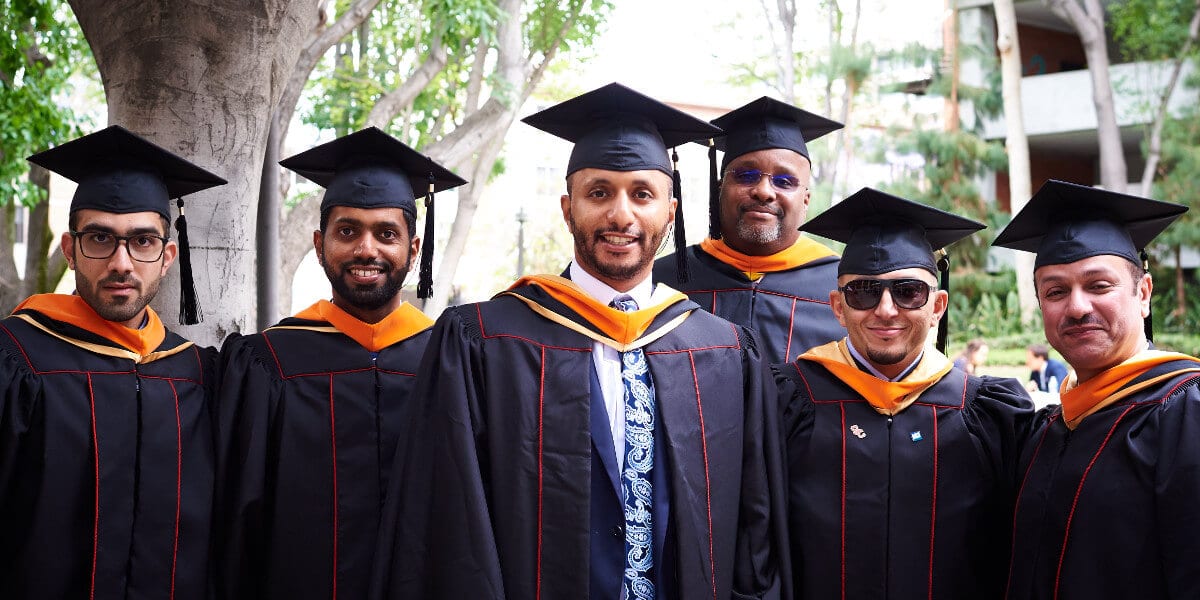Scholarships are gifts, but finding Scholarships in 2023 looks like a nightmare. They don’t have to be paid back. There are tens of thousands of these, made available from schools, companies, individuals, private businesses, non-profits, communities, religious groups, and social and professional associations. Such as DAAD scholarships, Chevening scholarships, MasterCard scholarships, Fulbright scholarships, etc., are some of the popular scholarships any college student can apply for.
Let’s say we have many scholarships at our disposal; we can never make the same mistake we made in our previous applications.
You will agree that most of these scholarships have a different mode of Application which must align with your qualifications. Hence, knowing all you need to know about how to get scholarships.
Table of contents
Find A Scholarship
In the post, we will answer some of the questions listed below. These Questions are the Basic compass to Finding Scholarships in 2023.
- What kinds of scholarships are available?
- How do I find scholarships?
- When do I apply for scholarships?
- How do I apply for scholarships?
- How do I get my scholarship money?
- How does a scholarship affect my other student aid?
Find A Scholarship Frequently Asked Questions and Answers
Some scholarships for faculty are all merit-based. You get them either by meeting or surpassing certain standards fixed by the scholarship-giver.
Merit scholarships may be given according to academic achievement or based on a blend of your academics and exceptional gift, trait, or interest. The majority of other scholarship opportunities are primarily based on financial needs.
Many scholarships have been targeted toward particular sets of people; as an example, you will find scholarships for graduate students or women. Other scholarships may be based on where you are working or places where your parents worked, while some are for people with a specific background (for example, you can find scholarships for military families or scholarships for Hispanic students).
A scholarship may pay for the full value of the tuition. Also, it may be a one-time donation of a couple of hundred dollars. Either way, it’s worth applying for as it will reduce the cost of one’s education.
It’s possible to understand that scholarship information can be obtained in many ways, including calling the financial aid office at the college you intend to apply to and assessing information in a public library or online.
Ensure the scholarship information and offers you receive are legitimate, and remember that you don’t have to pay to find scholarships or other financial aid.
Try these free sources of information about scholarships:
the financial aid office at a college or career school
a high school or TRIO counselor, the U.S. Department of Labor’s FREE scholarship search tool, federal agencies
kiiky.com is a free scholarship portal for students who need financial aid.
your state grant agency fastweb.com
your library’s reference section
foundations, religious or community organizations, local businesses, or civic groups
organizations (including professional associations) related to your field of interest
ethnicity-based organizations
your employer or your parents’ employers
This is dependent upon each scholarship and grant deadline. But if you don’t want to miss any deadline, you should know that some college student scholarships have deadlines as early as a year before college starts.
So if you’re in high school now, you should be researching and applying for scholarships during the summer between your junior and senior years. But if you’ve missed that window, don’t give up! Look at scholarship information to see which ones you can still apply for now.
Every scholarship has its particular requirements. The scholarship’s website should give you a good idea of who qualifies for the scholarship and how to apply.
Ensure you read the application form carefully, complete it completely, and then meet the deadline. You can read more about this here Simple and Detailed Answers about Applying and Winning a Scholarship.
This is contingent upon the scholarship. The money may move directly to your college, where it will be applied to any tuition, fees, or other sums you owe, after which some remaining funds will be given to you. Or it might be sent directly to you in a cheque.
The scholarship provider should tell you exactly what to expect when it informs you that you’ve been awarded the scholarship. If not, make sure to ask.
A scholarship will influence your other student aid, especially when it is a fully-funded scholarship, because all of your student aid added together cannot be significantly more than your cost of attendance in your college or career school.
Thus, you must tell your school whether you’ve been given a scholarship. Therefore, the financial aid office may subtract that amount from the cost of attendance (and out of certain additional aid, like loans, you have been given ).
Afterward, any amount left can be covered by other financial aid for which you’re eligible. Questions? Ask your financial aid office.
Different countries and universities, such as HARVARD UNIVERSITY, have different Entry Requirements; therefore, be sure to go to every piece of information your prospective university provides before submitting anything.
However, suppose you are applying for an undergraduate degree. In that case, you will be asked to show that you have completed your secondary education to a standard that aligns with the required grades (e.g., your GPA, A-level grades, or equivalent) for the program you’re applying to.
If you have an international qualification and are unsure whether this is accepted, you should contact the university’s admissions department.
For non-native English speakers wanting to study in English-speaking countries, you’ll also likely need to provide proof of your English-language proficiency by taking an English-language test such as TOEFL or IELTS. Similar tests may be required for those studying in other languages.
Once you have applied, you may be asked to provide some supporting documentation as part of your application.
Once again, requirements vary depending on the country and university, but international students are often asked to provide the following:
Passport photos for identification
A statement of purpose
CV/résumé
Academic references/ letters of recommendation
Certificate and transcripts of your secondary education
Proof of English-language proficiency (e.g., a TOEFL/IELTS certificate for schools in English-speaking countries) or other language tests
Admissions test results (e.g., GMAT/GRE results for graduate programs)
WE ALSO RECOMMEND
- How To Demand And Receive More Scholarship Fund
- 51 Best Scholarship Websites/Portals [UPDATED]
- 91 Prestigious Colleges That Give Every Freshman a Scholarship
- 8 SIMPLE TIPS TO APPLY AND WIN A SCHOLARSHIP IN DEVELOPING COUNTRIES
- FAFSA Renewal: What You Have to do In Your Second Year of College
- Harvard University MBA Scholarship in the USA
- what is the FAFSA- How To Apply
- 15 Important Tips on Winning a Scholarship (UPDATED)
- Because I love You Scholarship
- All You To Know About College Scholarship Service (CSS) Profile For USA students (READ AND SHARE)
DISCLOSURE: This post may contain affiliate links, meaning when you click the links and make a purchase, we receive a commission.






Comments are closed.